On Friday, April 8, 2016, SpaceX made history with a sensational landing of its SpaceX Falcon 9 rocket onto an ocean platform for the first time ever, just nine minutes after dispatching a Dragon cargo capsule to the International Space Station (ISS). It was a double triumph for the privately-owned company, after it resumed station deliveries for NASA from Cape Canaveral Air Force Station in Florida.
The main mission was to transport a full load of supplies for the ISS along with a futuristic pop-up room. Once that was done, the first-stage booster peeled away and the company successfully attempted the secondary mission of landing the core stage of the rocket vertically, to the mothership (christened Of course I still Love You).
SpaceX had previously attempted this feat four times, albeit without any success and each attempt ending in a fiery explosion on the barge. The event was lauded by SpaceX founder and CEO Elon Musk, who said: ‘The rocket landed instead of putting a hole in the ship — or tipping over — so we’re really excited about that.’
How was this particular attempt so successful, given the fact that previous attempts had resulted in failure?
It was mainly because the return trajectory was less challenging owing to the nature of the NASA payload and launch trajectory.
‘We were more confident about this barge landing. I knew the trajectory we had [for CRS-8] was more benign, although not super benign. But certainly benigner than for what we had before on the SES-9 mission, the previous one. The [droneship] landing trajectory we had for the previous one on SES-9 was really challenging. This one was relatively benign. It was really maybe as benign as for the Orbcomm launch [in December 2015] where we had the land landing,’ said Hans Koenigsmann, SpaceX VP of Flight Reliability.
You can view the entire event in a series of stunning photos on SpaceX’s flickr stream and the video on the company’s Facebook page.
Development of the Falcon 9 Rocket
At the centre of SpaceX’s operations is the Falcon 9 rocket, and the achievement of landing it successfully on sea has come after more than four years of painstaking research and development. The video below showcases the company’s testing operations on the Falcon 9 and its eventual success of the April 8 landing. It is a must watch if you are a fan of space exploration, rocket propulsion or super-cool space videos.
Why is this such a huge deal?
You may ask why is this such a big deal, since SpaceX rival Blue Origin (led by Amazon’s Jeff Bezos) has been doing the same for its rocket (named the New Shepard) for months? By the way, a dry-land landing was successfully achieved by SpaceX also on December 21, 2015. However, making a landing on the drone ship was crucial to SpaceX’s reusability strategy, which ultimately aims to economize launch costs.
Consider this – once a SpaceX rocket is launched from Florida, it goes up and heads east, speeding up and accelerating the payload horizontally in order to achieve Earth orbit. However, if the rocket has to return to land to its own launch pad, it has to fly west, thus burning up significant fuel in the process. Thus, it becomes more cost-effective if the rocket is brought down straight back at sea off the East Coast.
Usually, rocket boosters fall into the ocean after launch, and are never used again. According to Musk, this is akin to dumping an airplane after every flight. With the successful landing of the Falcon 9, millions of dollars can be saved in launch costs.
SpaceX is already planning to reuse this booster and will test fire the engines around 10 times before flying it again in May or June. Musk stated that the company eventually seeks to ‘hose off’, tune up and re-launch each rocket in a matter of weeks and if this is achieved on a regular basis, launch costs can be brought down nearly ‘100-fold’ i.e. from roughly USD60mn to around USD600,000.
Much depends on SpaceX’s success in future launches, but the April 8 event is certainly going to make its rivals such as Boeing and Lockheed Martin quite nervous. The price tag of USD60mn underprices similar launches by the two companies (through their United Launch Alliance venture) by at least 50%.
Though this has been just the first successful landing of the Falcon 9, the future augurs well for SpaceX and space technology, and potentially open up vistas for space business, research and tourists.

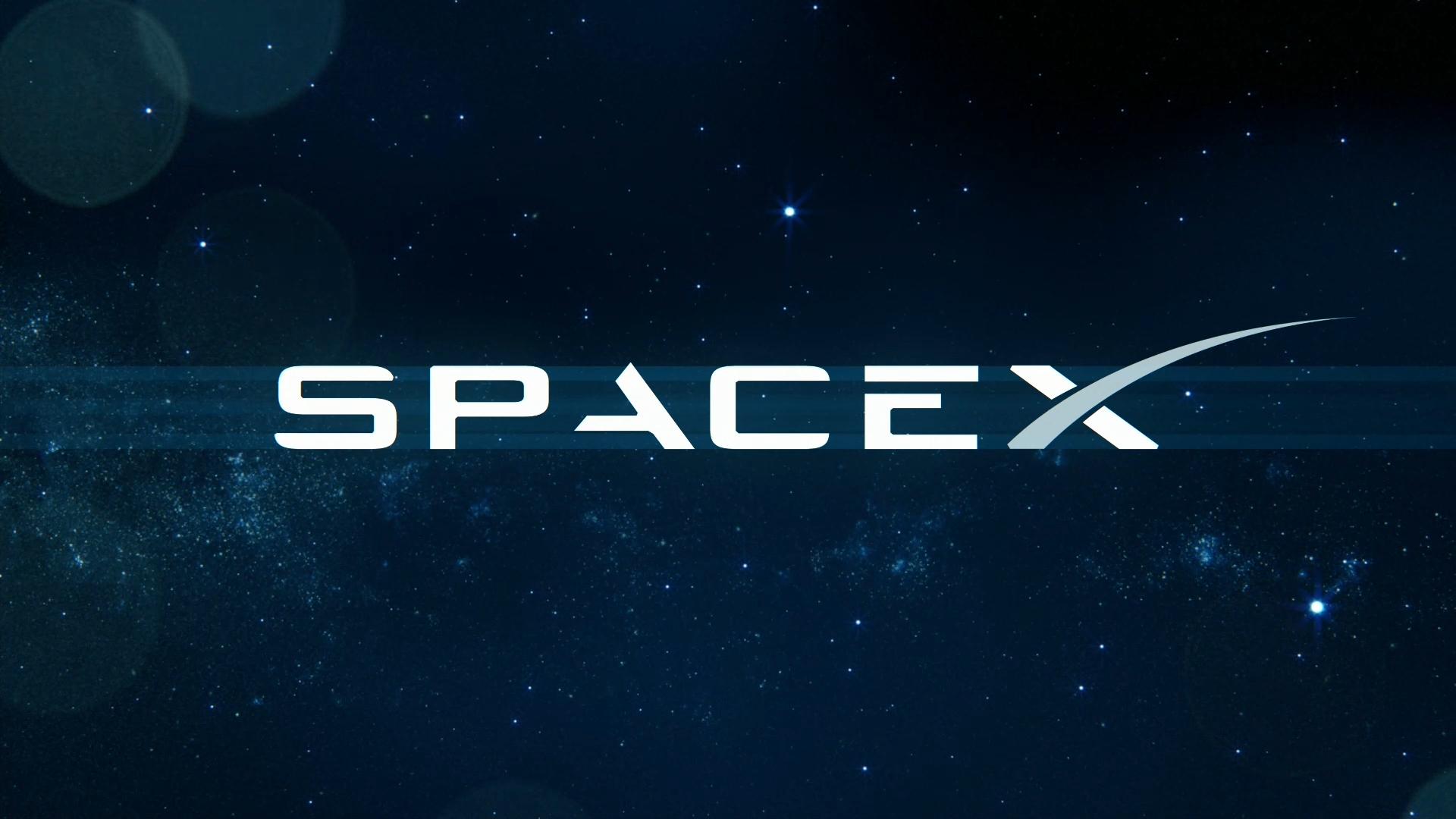
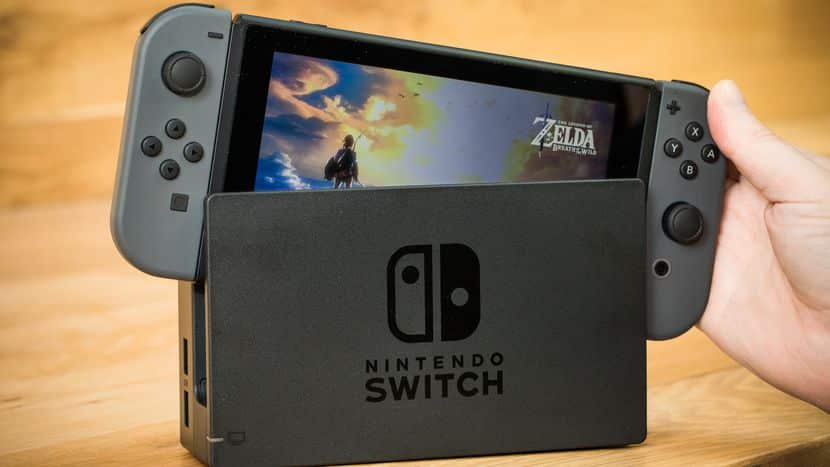
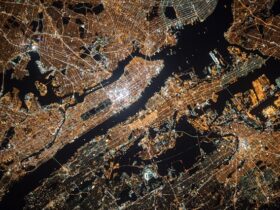



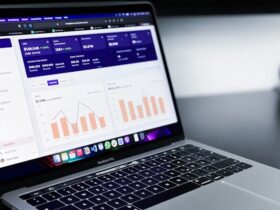




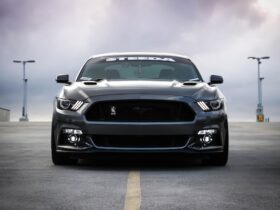

My brother suggested I might like this website. He used to
be totally right. This post truly made my
day. You can not believe just how much time I had spent for
this info! Thanks!
Actually, Blue Origin has NOT been doing the same as SpaceX – they have never landed the first stage of an orbital rocket on a floating barge, (nor on land, for that matter) Blue Origin rockets only go up to the edge of space and come right back down – none are orbital, which is many magnitudes of difficulty more complex.
True that…its one thing to go up and straight down…its exponentially more complex to throw a payload into orbit and bring a hypersonic 1st stage back down in 1 piece
Bravo Elon…I want the 1st share sold of SpaceX
Nothing nerdy about that Elon.